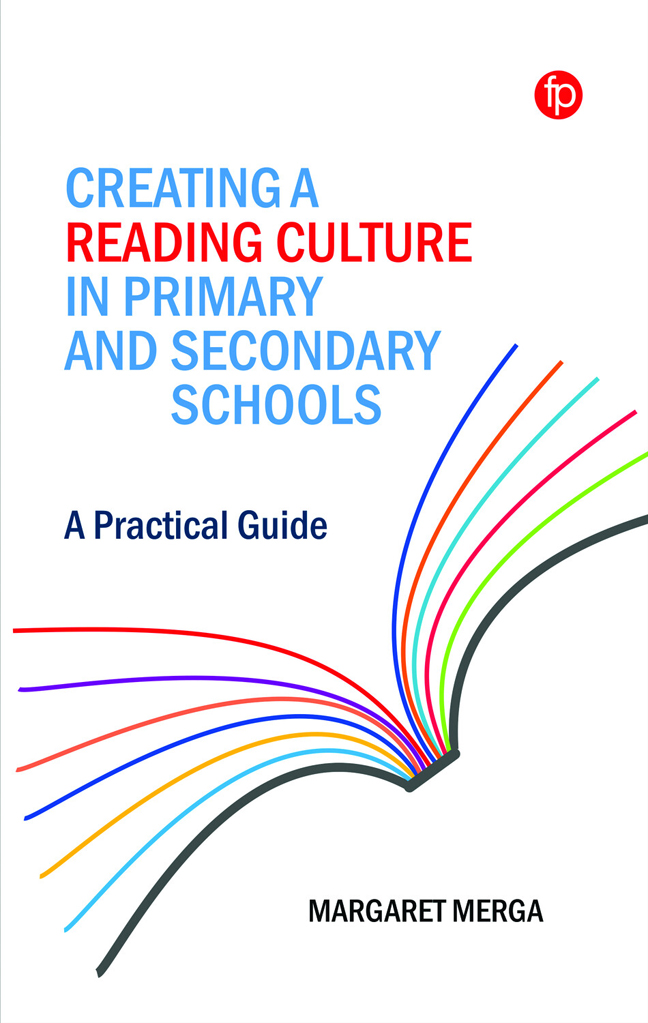Book contents
- Frontmatter
- Contents
- Figures and Tables
- About the Author
- Acknowledgements
- Abbreviations
- Introduction
- 1 Why a Whole School Reading Culture?
- 2 Research-Supported Practices to Choose From
- 3 Stakeholder Engagement and Resourcing
- 4 Implementation Planning and Change Management
- 5 Evaluation
- 6 Reporting
- Conclusions
- References
- Index
4 - Implementation Planning and Change Management
Published online by Cambridge University Press: 20 December 2023
- Frontmatter
- Contents
- Figures and Tables
- About the Author
- Acknowledgements
- Abbreviations
- Introduction
- 1 Why a Whole School Reading Culture?
- 2 Research-Supported Practices to Choose From
- 3 Stakeholder Engagement and Resourcing
- 4 Implementation Planning and Change Management
- 5 Evaluation
- 6 Reporting
- Conclusions
- References
- Index
Summary
Schools are dynamic environments. Change is a given in contemporary schools, and may include ‘continuous structural school-wide changes, in terms of curriculum, assessment and leadership’ which leaves school leaders and staff ‘accustomed to both improbability and uncertainty, in terms of what constitutes as best practice when orchestrating change and leading whole school improvement’ (Gear & Sood, 2021, p. 2).
Good schools consistently strive to embrace change where needed, in order to enhance their capacity to meet students’ educative, social and emotional needs. As such, regular revision of practice to align with evidence, emerging requirements and issues will always be a part of schools’ operational processes. Not all attempted changes within schools are successfully implemented, so this cannot be taken for granted. Given its ubiquity, and in some cases, questionable previous implementation, proposed change in schools is often reasonably met with weariness and apathy (Grant, 2009). Moving towards, or strengthening an existing reading culture is a change that will require careful management to garner optimal stakeholder support, and this chapter will provide guidance to this end.
Change management
Simplistically, change management in schools can be viewed as the transformation of a school-based culture, curriculum, system, process and/or environment ‘from one status to another in a planned or unplanned manner’ (Hoşgörür, 2016, p. 2030). As such, change within schools is not always carefully planned and delivered; it can occur spontaneously, or due to unforeseen events such as the onset of a global pandemic. Ideally, we want major changes that reshape school practices and cultures to be informed by careful implementation planning and close consideration of how to best facilitate change management. As such, across contexts, planned change management involves enacting ‘deliberate activities that move an organization from its present state to a desired future state’ (Stouten et al., 2018, p. 752).
Having a research supported but also practical understanding of how best to plan for building a reading culture, and facilitate change management successfully within your school, is a transferable skillset that you can draw upon beyond this project. Much has been written on the topic of change management, though this literature is typically focused on change management within corporations and professional workplaces more generally, rather than specifically on schools.
- Type
- Chapter
- Information
- Creating a Reading Culture in Primary and Secondary SchoolsA Practical Guide, pp. 89 - 112Publisher: FacetPrint publication year: 2023



